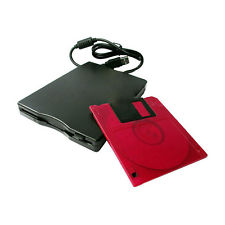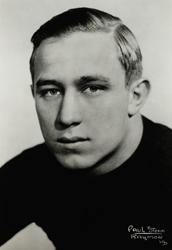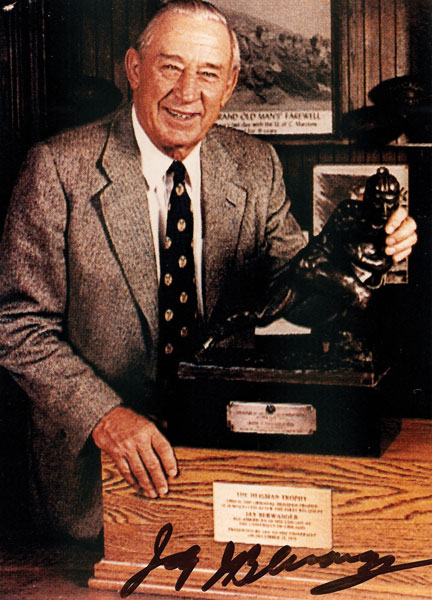 As a medical student in 1993, a classmate of mine, Joel B. and I started a student-run newspaper for Northwestern University Feinberg School of Medicine called The Beat, which I understand still exists in some form today, though online references to it are sparse. Joel became the editor and I the publisher. His interests were in cardiology and public health and my specialty interests were to be determined beyond how new technologies were used in healthcare from a design to implementation standpoint. So, Joel wrote about cardiology issues of the day and matters relevant to general topics such as “Hillarycare” and “healthcare reform”. I wrote about emerging technologies and Chicago sports, particularly about a former UNC standout the Bulls drafted with their third pick in the draft about 10 years earlier and a fellow from the University of Central Arkansas and the rest of the cast that would go on to win 6 NBA championships over the next 8 years. I also sold advertising to offset the costs of the printing of the newspaper, literally going door to door in the Streeterville area asking merchants to support our publication with coupon ads for students to use. It was a hard sale at first until the coupons started to get returned and the local dry cleaners, coffee shops, grocers and hair salons started to get new and returning business. Eventually we had almost as many pages of coupons as we did content and Joel and I were in the black by our fourth year and fortunately Jordan returned for our last year in medical school.
As a medical student in 1993, a classmate of mine, Joel B. and I started a student-run newspaper for Northwestern University Feinberg School of Medicine called The Beat, which I understand still exists in some form today, though online references to it are sparse. Joel became the editor and I the publisher. His interests were in cardiology and public health and my specialty interests were to be determined beyond how new technologies were used in healthcare from a design to implementation standpoint. So, Joel wrote about cardiology issues of the day and matters relevant to general topics such as “Hillarycare” and “healthcare reform”. I wrote about emerging technologies and Chicago sports, particularly about a former UNC standout the Bulls drafted with their third pick in the draft about 10 years earlier and a fellow from the University of Central Arkansas and the rest of the cast that would go on to win 6 NBA championships over the next 8 years. I also sold advertising to offset the costs of the printing of the newspaper, literally going door to door in the Streeterville area asking merchants to support our publication with coupon ads for students to use. It was a hard sale at first until the coupons started to get returned and the local dry cleaners, coffee shops, grocers and hair salons started to get new and returning business. Eventually we had almost as many pages of coupons as we did content and Joel and I were in the black by our fourth year and fortunately Jordan returned for our last year in medical school.
Thinking I could write I penned many pieces to the Journal of the American Medical Association (JAMA) for their “A Piece of My Mind” section. All were quickly rejected. I even hand delivered a few by bicycle to their headquarters in Chicago personally to no avail.
 Now, about 20 years later I discovered the 3 ½ floppy disc written using Windows 3.1 likely and recover enough to share what I couldn’t get published before from an experience 30 years ago:
Now, about 20 years later I discovered the 3 ½ floppy disc written using Windows 3.1 likely and recover enough to share what I couldn’t get published before from an experience 30 years ago:
Mr. B., as thousands of students called him, was our junior high school guidance counselor. In addition to a counselor, he was also a teacher, mentor, role model, school leader and coach. He is credited with starting a canned food drive at the school before Christmas. Students would compete with each other and each homeroom in each year would compete to see who could collect the most canned food from our neighbors. One year, as a school, we collected over 25,000 cans of food for the Salvation Army. [Today the totals are 50,000-70,000.]
Mr. B would also organize barbeques and after school networking events with city and civic leaders and give us an opportunity to meet and ask questions of folks in terms of what they did, how they got there and lessons learned along the way.
One of these took place at the home of Mr. B’s father where we could ride our bikes (without parental or state statutes requiring helmets) to meet his now retired father and learn about his life experiences.
He had a modest home in the Western suburbs of Chicago. The door was open when I arrived and led to a gathering past the small living room into the kitchen in the rear of the home. There was an old statue on the mantle above the fireplace that the senior Mr. B was accused of using for a doorstop from time to time. Most of us walked right past it without regard for what is was or what it stood for.
 Mr. B’s dad we learned became the first player to be drafted by the National Football League in 1936 in its inaugural draft. The Philadelphia Eagles chose him but didn’t think they could meet his “demand” of $1,000 per game and he was traded to the Chicago Bears for another player. George Halas was owner and coach of the Chicago Bears and Mr. B’s dad held out signing with him to try to compete in the 1936 Olympics. He failed to make the cut for the decathlon. Ultimately, the Bears and Mr. B’s dad could not reach an agreement on salary – Halas offered $13,500 instead of $15,000 to make the deal work and Mr. B’s dad went to work for a rubber company, later became a sportswriter and finally manufactured plastic car parts.
Mr. B’s dad we learned became the first player to be drafted by the National Football League in 1936 in its inaugural draft. The Philadelphia Eagles chose him but didn’t think they could meet his “demand” of $1,000 per game and he was traded to the Chicago Bears for another player. George Halas was owner and coach of the Chicago Bears and Mr. B’s dad held out signing with him to try to compete in the 1936 Olympics. He failed to make the cut for the decathlon. Ultimately, the Bears and Mr. B’s dad could not reach an agreement on salary – Halas offered $13,500 instead of $15,000 to make the deal work and Mr. B’s dad went to work for a rubber company, later became a sportswriter and finally manufactured plastic car parts.
Prior to getting drafted and competing for the Berlin Olympics, Mr. B’s dad attended and played football for the University of Chicago and is was credited with giving a University of Michigan center by the name of Gerald Ford a distinctive scar under his eye. He was known as the “one man football team”.
And winner of the Downtown Athletic Club Trophy in 1935. This was the statue on the mantle. The occasional bronze doorstop.
In 1936 the trophy of course was renamed the Heisman Trophy, awarded to the most outstanding college football player, named in honor of John Heisman, the Downtown Athletic Club Director after his death the same year. The statue was modeled after a player by the name of Ed Smith who played for a now defunct New York University football team.
 And here I was standing in front of Mr. Jay Berwanger, the first Heisman trophy winner at a backyard barbeque in his home, next to the first trophy itself nearly 50 years later. Fortunately, for me the trophy wasn’t in the usual place – tucked away in the basement or in a closet. Or propping a door open.
And here I was standing in front of Mr. Jay Berwanger, the first Heisman trophy winner at a backyard barbeque in his home, next to the first trophy itself nearly 50 years later. Fortunately, for me the trophy wasn’t in the usual place – tucked away in the basement or in a closet. Or propping a door open.
Epilogue 2014 – Mr. Jay Berwanger passed away in 2002 at the age of 88. His son, my junior high guidance counselor, Mr. Butch Berwanger retired from teaching after 37 years in 2006 after helping countless students learn the value of hard work and perseverance. There is a First Heisman blog and book in recent years for those that are interested. The trophy is now kept on display at the University of Chicago. The Downtown Athletic Club went bankrupt after the attacks of 9/11, unable to keep its doors open while being in the “frozen zone” following the attacks in lower Manhattan. The Downtown Club is now condominiums.

































